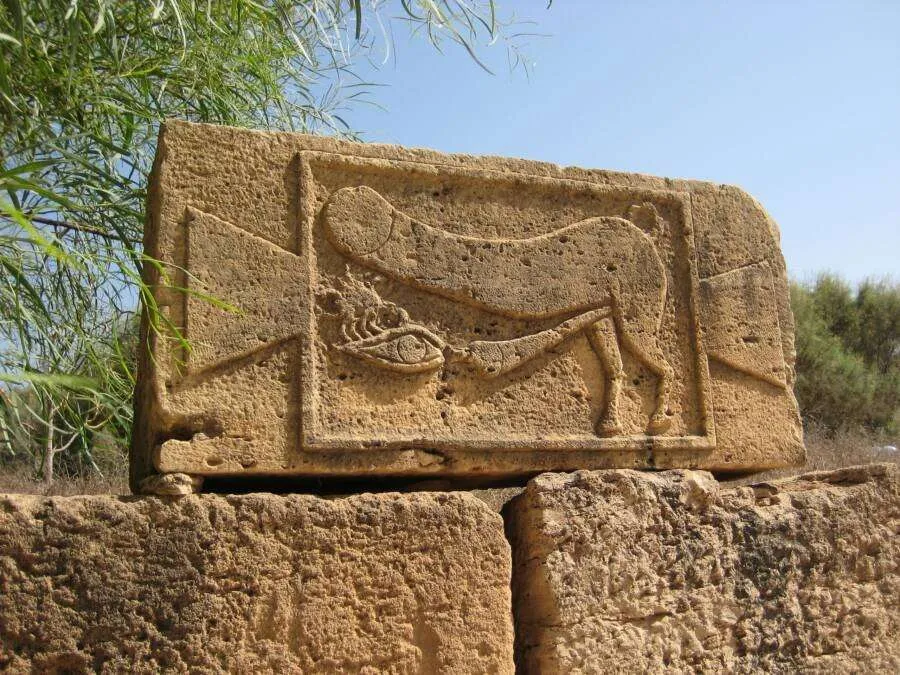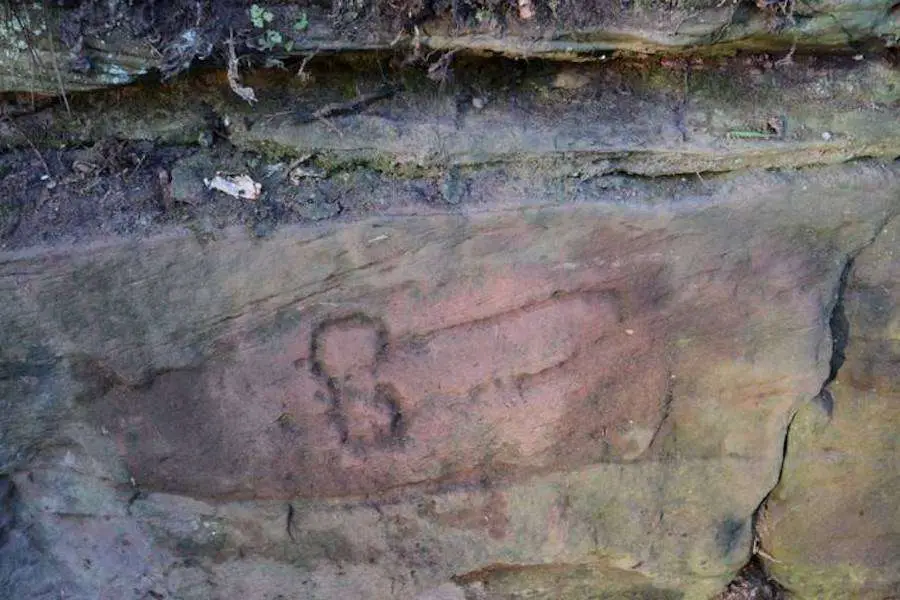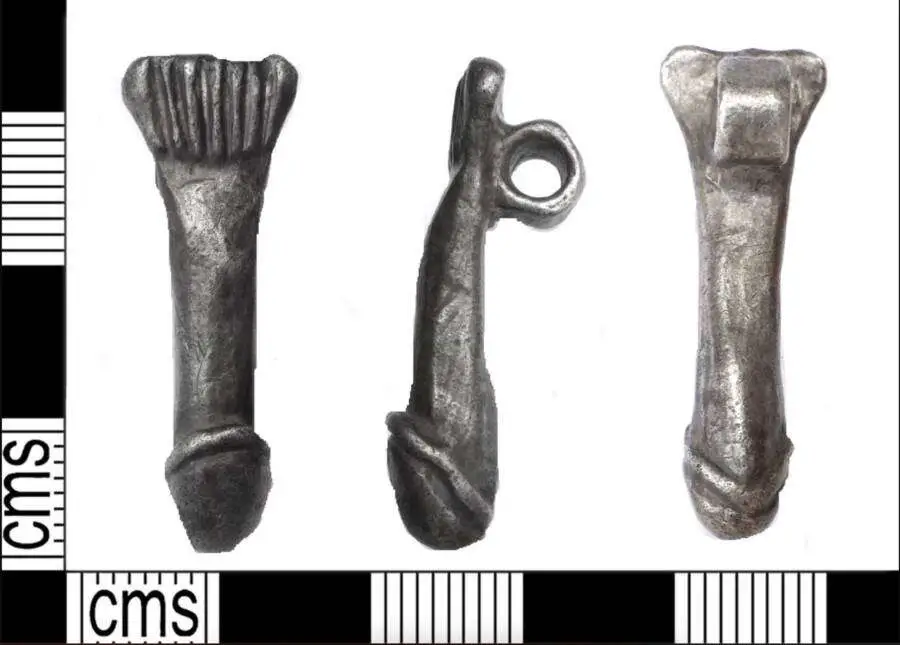Roman Penis Pendant: Over 400 penis pendants have been found in England, but this is only the second one made of silver. Experts are calling it a “national treasure” because it is so rare.
Wendy Thompson, a recreational metal detectorist from Kent, England, spent the last day of 2020 combing a Higham farm near Gravesend and Strood. The 73-year-old retired estate agent didn’t expect to find a 2,000-year-old penis pendant when she dug into one particularly promising patch of earth.
The silver relic was about 1.2 inches long and weighed only 0.3 ounces, according to The Independent. After an inquest at County Hall in Maidstone, it was dated to between 43 and 410 A.D. and designated as a national treasure. Not only was it attributed to ancient Rome, but it also showed how much they cared about phalluses.
“Back in that age, the last person to hold that position was,” Thompson remarked. “It’s been resting on the ground for a long time, waiting for me to come along and find it.”
According to LiveScience, penis amulets were worn by Roman soldiers headed into combat to protect them from the enemy. To fend off “the evil eye,” a personification of bad luck, parents adorned their children with such necklaces.

Thompson was shocked because the pendant is only the second silver penis amulet of its kind to be found in the United Kingdom.
“It was merely a little detail,” Thompson added. “We were just like any other team, scouring a field with a metal detector from top to bottom.” I flipped this spade of dirt over and there it was, about eight inches down. I guessed it was around 2,000 years old, and I was correct. “
While a precise date has yet to be confirmed, the pendant’s phallic form “points to the Roman age,” according to a British Museum article. Coroner Roger Hatch described the artifact’s obvious “foreskin, shaft, and pubes” during the recent inquiry.
Phalllic iconography has long been associated with virility, strength, and good fortune, according to a litany of ancient Roman art. It reaffirmed man’s dominion over anyone deemed inferior, according to Ancient Origins, from girls and women to boys and slaves. It was also associated with male gods like Hephaestus and Dionysus.

Pliny the Elder wrote about the fascinus or fascinum, which was considered the bodily manifestation of heavenly male strength in Roman religion. Children wore them around their necks to protect themselves from sickness and bad luck, and soldiers thought they would help them in battle.
According to Pliny’s Ancient Origins, “Infants are under the unique protection of the god Fascinus, the protector, not only of infants, but also of generals.” “A picture of this god is put on the bottom of the victorious chariot of a successful general to protect him from the effects of envy, like a doctor.”
The substance of this pendant suggested that its owner had previously dealt with a lot of ill luck. Only one other silver penis pendant has been discovered in the United Kingdom, with the remaining 450 made of more inexpensive copper or bronze. That meant a lot to Newcastle University research coordinator Rob Collins.
“Silver as a material can be chosen for a variety of reasons, one of which is simply because the wearer can afford it, and the pendant then becomes a display piece,” he explained. “However, I believe silver as a material possesses magical powers or associations.”
This pendant, according to the British Museum, presumably depicts a “flaccid macrophallus” to signify “a loss of control and an almost barbaric libido” rather than an erect penis, which symbolized the arrogance and courage needed to combat the evil eye of bad luck. A link between phallic images and military locations like Hadrian’s Wall was also discovered by the museum.

“Silver may have been supposed to increase the phallus’ protecting properties because it is a higher-quality metal than copper-alloy,” said Lori Rogerson, a discovery liaison officer with the Portable Antiquities Scheme.
“We know that these apotropaic devices kept children safe, and evidence from excavations suggests that the Roman army in Britain used them a lot.”
Thompson was compelled to give up the pendant due to a British rule requiring metal detectorists to report any finds within 14 days. While the artifact’s value has yet to be determined, Thompson isn’t in it for the money, and instead intends to split her part with the unwittingly fortunate farm owner.
“I’m not looking for the money, but it’s wonderful to see it sold for what it’s worth,” Thompson said. “I don’t look for things because they’re valuable; I look for them because they have history and you know that someone once owned them.” It’s very magical.
All the information and photo credit goes to respective authorities. DM for removal please.
7 Unbelievable Facts about Historic Sex Toy
Researchers uncovered an eight-inch-long, three-centimeter-wide phallus-shaped stone object concealed in a cave in a German mountain in 2005. After deeper study, experts concluded they were looking at the world’s oldest known d!ldo. This sex device, which dates back almost 28,000 years, predates civilization, religion, and marriage. Read More >>>

